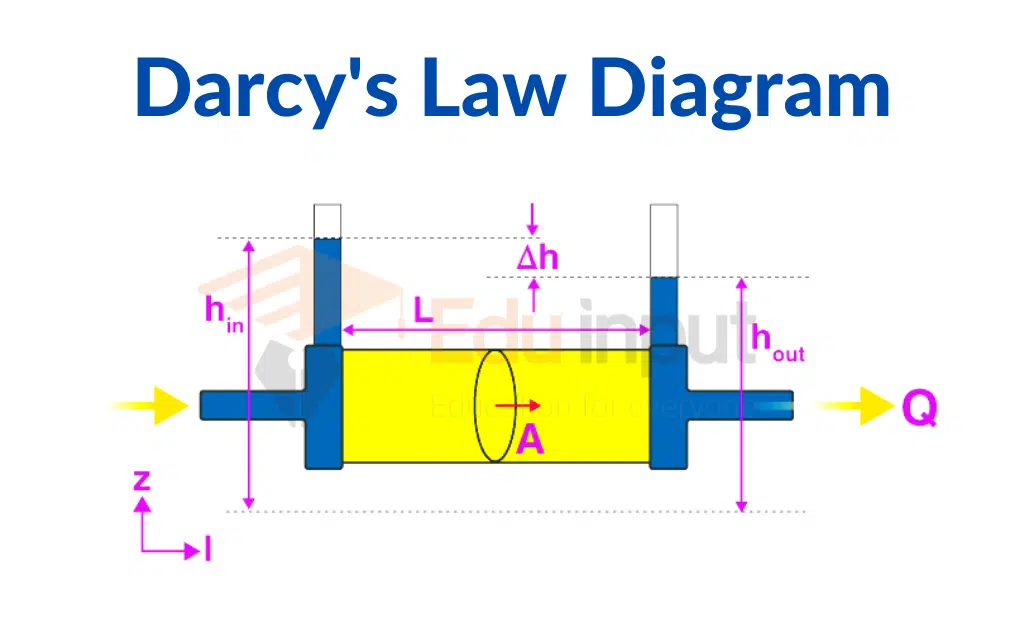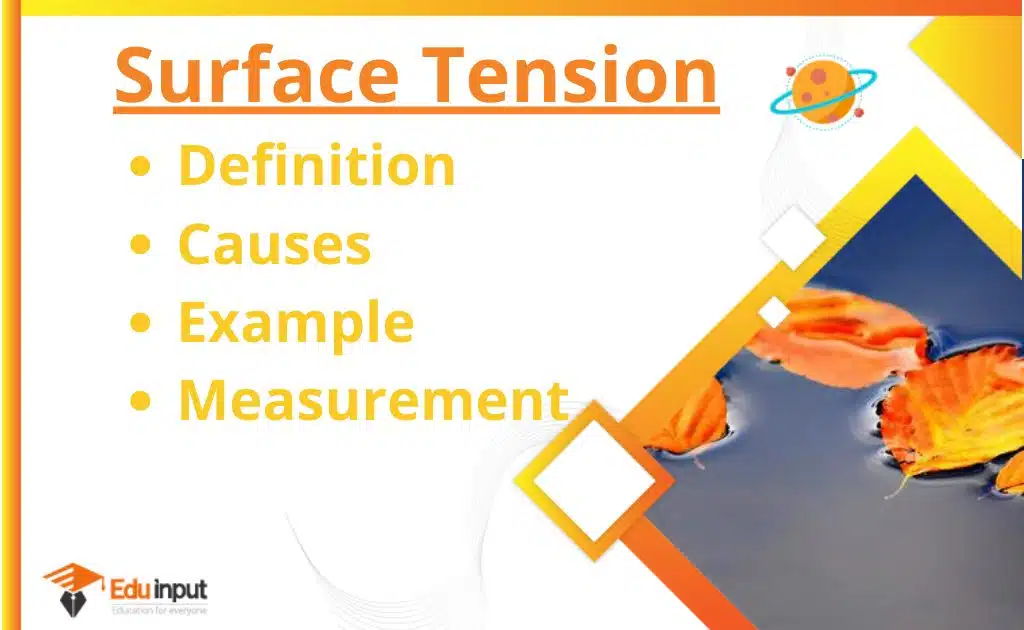Vortex in Fluid Dynamics-Definition, Types, And Examples
The rotating motion of fluid around a common centerline is commonly associated with a vortex in fluid dynamics. It is determined by the rate of local fluid rotation, which is measured by the vorticity in the fluid. As the vortex is approached, the fluid circulates around it, with the speed increasing and the pressure decreasing.
What is a vortex in fluid dynamics?
A vortex is a whirlpool-like flow pattern that occurs naturally in fluids. In fluid mechanics, vortices occur when two counter-rotating flows meet. Vortices are formed in pipes, channels, and ducts where the flow rate is high enough to cause the fluid particles to move around in circles.
Vortexes are created when two streams of water collide at different speeds. As they approach each other, their speed increases until they reach the same speed. At this point, the water particles begin to rotate around a central axis. When the water particles reach the same speed, they continue to spin around the center axis. The faster stream of water creates a spinning motion in the slower stream.
The size of the vortex is determined by the relative velocity between the two streams. If the streams have similar velocities, then the vortex will be small. However, if the streams have different velocities, then larger vortices will form.
Types of vortex in Fluid Dynamics
There are two types of the vortex.
- Rotational vortices
- Irrotational vortices
Rotational vortices
A vortex that rotates in the same way as a rigid body cannot exist indefinitely in that state except through the application of some extra force, which isn’t generated by the fluid motion itself. Outside of the core, there is non-zero vorticity. The term rigid-body vortices are also used to describe rotational vortices.
Irrotational vortices
In the absence of external forces, the irrotational flow pattern is where the flow velocity is proportional to the distance between the two points.
Pressure in a vortex in Fluid Dynamics
In accordance with Bernoulli’s principle, the fluid motion in a vortex creates a dynamic pressure that is lowest in the core region, closest to the axis, and increases as one move away from it. The fluid must follow a curved path around the axis because of the gradient of this pressure. The dynamic pressure is proportional to the square of the distance from the axis in a rigid-body flow of a fluid with constant density. When there is a constant gravity field, the free surface of the liquid is a paraboloid.
Vortex Examples
Vortices are often seen in nature. A tornado is a type of vortex that forms over warm bodies of water. These vortices are caused by air currents colliding with the surface of the water. Another example of a vortex is the cyclone that forms over the ocean. Cyclones are formed when cold air meets warmer waters.







Leave a Reply